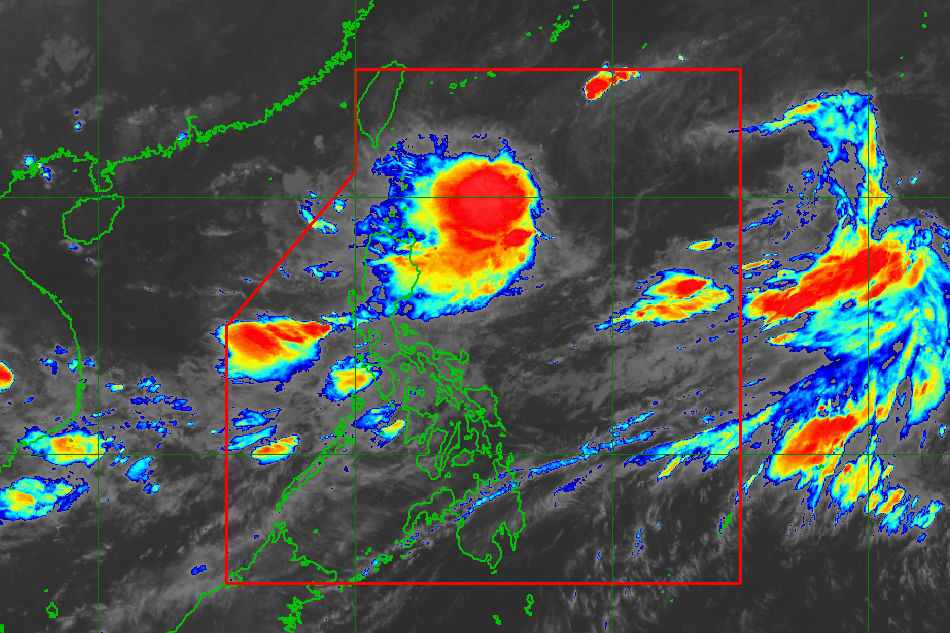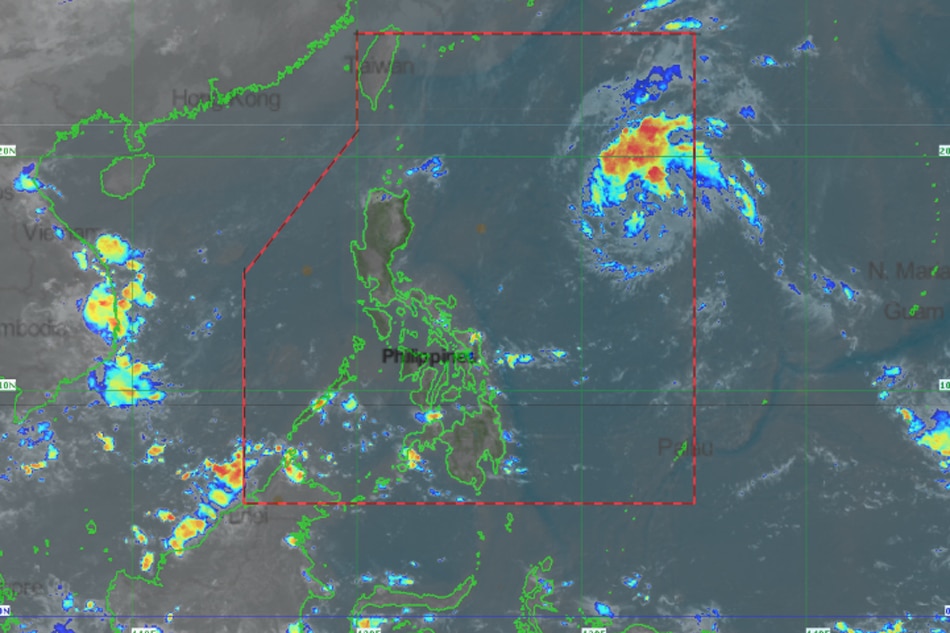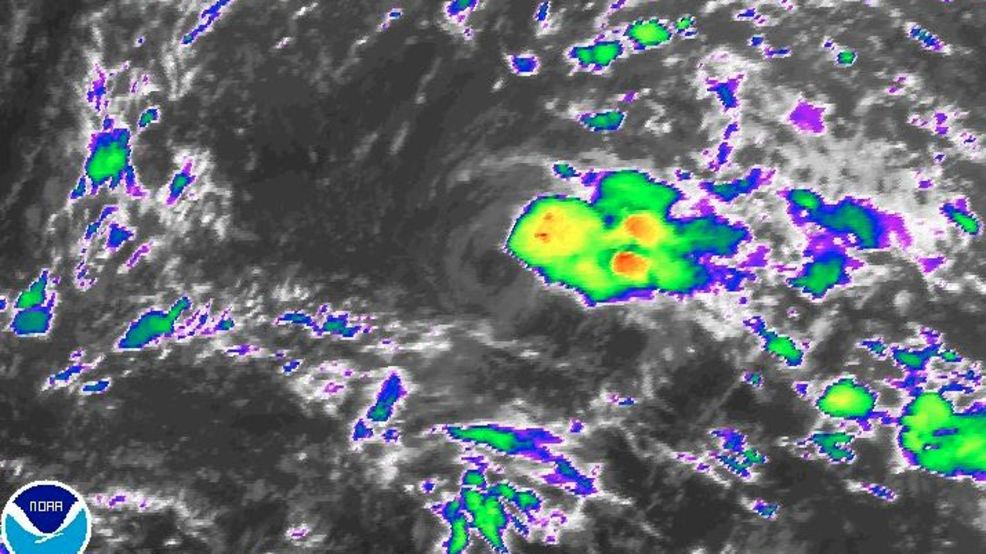As tropical weather systems continue to shape the dynamics of the Philippine archipelago, meteorologists are closely monitoring a developing low-pressure area near Luzon that shows potential for further intensification. The current atmospheric conditions suggest this system could evolve into a tropical storm, prompting heightened attention from weather experts and local authorities.
Located in the vicinity of Luzon, one of the Philippines’ largest and most populous islands, this low-pressure system represents a typical seasonal phenomenon that demands careful observation. Tropical meteorology in the region is complex, with multiple factors influencing the system’s potential trajectory and strength. While not yet classified as a full-fledged tropical storm, the system exhibits characteristics that signal possible further development.
Weather monitoring agencies are employing advanced satellite imagery and computational models to track the system’s progression. These sophisticated tools allow meteorologists to analyze wind patterns, atmospheric pressure, sea surface temperatures, and other critical variables that contribute to tropical cyclone formation. The proximity to Luzon means local communities must remain vigilant and prepared for potential weather-related disruptions.
For residents in potentially affected areas, understanding the nuanced stages of tropical system development is crucial. A low-pressure system doesn’t automatically translate to an imminent threat, but it represents a critical stage where careful monitoring becomes paramount. Local emergency management teams are likely reviewing contingency plans and preparing communication channels to disseminate timely information.
The Philippine archipelago’s geographical location makes it particularly susceptible to tropical weather systems. Situated in the Pacific typhoon belt, the region experiences multiple cyclonic developments annually. Each system presents unique characteristics, and this current low-pressure area near Luzon is no exception. Meteorological experts emphasize the importance of tracking these systems from their earliest stages to provide accurate and timely public advisories.
Wind speed, moisture content, and atmospheric stability are key indicators that scientists will be examining closely. These parameters help determine whether the low-pressure system will maintain its current state or transform into a more organized tropical disturbance. The potential for intensification depends on a delicate balance of environmental conditions.

Local communities are advised to stay informed through official weather channels and government advisories. While the current system does not immediately suggest a severe threat, preparedness remains essential. This includes having emergency supply kits ready, staying updated on weather reports, and following guidance from local authorities.
Climate change discussions increasingly highlight the significance of understanding and predicting tropical weather systems. Each developing system provides valuable data for long-term meteorological research, contributing to our broader comprehension of atmospheric dynamics in the Asia-Pacific region.

As the low-pressure system continues to evolve, meteorologists will maintain continuous surveillance. The coming days will be critical in determining its ultimate trajectory and potential impact. Residents of Luzon and surrounding areas should remain attentive to official updates and be prepared to take necessary precautionary measures.
The unpredictable nature of tropical weather systems underscores the importance of scientific monitoring and community preparedness. While this particular low-pressure area may or may not develop into a significant storm, it serves as a reminder of the dynamic and sometimes volatile weather patterns that characterize the Philippine archipelago.












